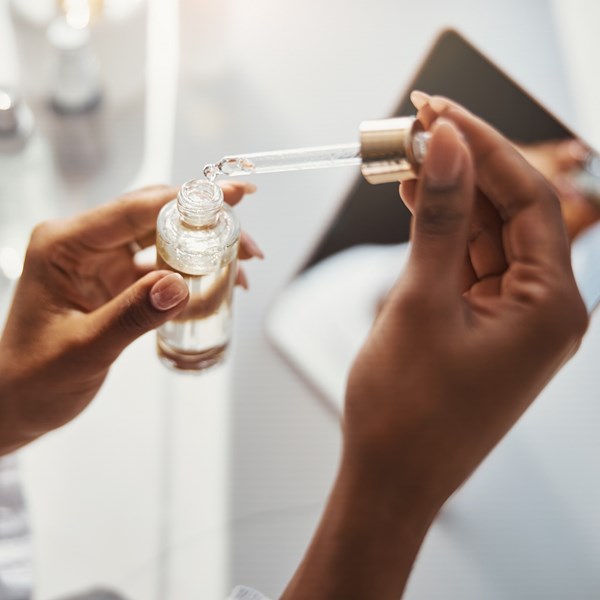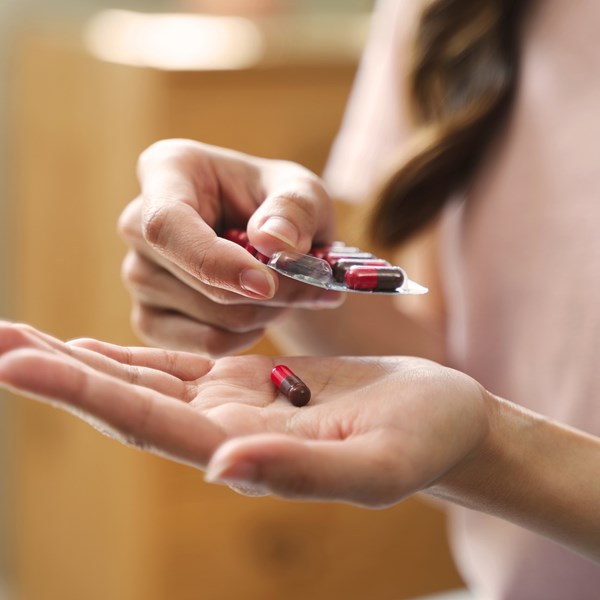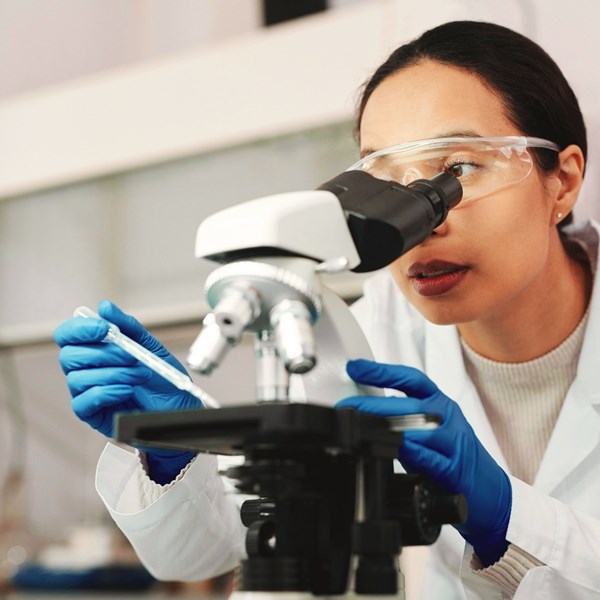CASE BACKGROUND
Both referrals relate to combination products by Merck Sharp & Dohme Corp (MSD) where one active ingredient is the subject of its own claims in the patent and the other active ingredient was already known yet is also expressly referenced in the claims.
- In C-119/22 (Teva v MSD), Teva challenged the validity of Merck’s SPC for its Janumet® combination product of sitagliptin and metformin hydrochloride for the treatment of type 2 diabetes. Teva argued that the combination product was not ‘protected’ within the meaning of Art. 3(a), and that since Merck had already been granted an earlier SPC for sitagliptin alone (Januvia®), Art. 3(c) precluded the grant of another SPC for sitagliptin in combination with metformin. Both SPCs are based on the same European patent (EP1412357).
- In C-149/22 (MSD v Clonmel), Clonmel counterclaimed invalidity of Merck’s SPC for its Inegy® combination product of ezetimibe and simvastatin for lowering cholesterol, following an infringement action brought by Merck. Clonmel argued that the combination product was not ‘protected’ within the meaning of Art. 3(a), and that since Merck had already been granted an earlier SPC for ezetimibe alone (Ezetrol®), Art. 3(c) precluded the grant of another SPC for ezetimibe in combination with simvastatin. Both SPCs are based on the same European patent (EP0720599).
The AG now opines on how Art. 3(c) and Art. 3(a) should be interpreted.
Interpretation of Art. 3(c) SPC Regulation - “the product has not already been the subject of [an SPC]”
AG Emiliou deals swiftly with the questions under Art. 3(c) by suggesting that the way the Court set out its reasoning in Actavis I and Actavis II unnecessarily conflated Art. 3(c) and Art. 3(a). In his view, based on a literal interpretation of “product” defined in Art. 1(b) as “the active ingredient or combination of active ingredients of a medicinal product”, the assessment of Art. 3(c) for combination products should be straightforward and should only require the examiner “to verify whether the patent holder has already obtained an SPC for that combination” (emphasis in original). This is consistent with the way that the Court has interpreted Art. 1(b) in their recent judgments, most notably in connection with Art. 3(d) SPC Regulation in the 2020 decision in Santen (C-673/18).
Interpretation of Art. 3(a) SPC Regulation - “the product is protected by a basic patent in force”
The AG gives more weight in the judgment to the assessment of Art. 3(a), including considering whether the rationale in Actavis I and Actavis II for the combination to embody the “core inventive advance” or “sole subject-matter of the invention” is still relevant following the judgment in Teva v Gilead.
The Court’s two-part test in Teva v Gilead states that Art. 3(a) is satisfied where:
even if the combination of active ingredients of which that product is composed is not expressly mentioned in the claims of the basic patent, those claims relate necessarily and specifically to that combination. For that purpose, from the point of view of a person skilled in the art and on the basis of the prior art at the filing date or priority date of the basic patent:
- the combination of those active ingredients must necessarily, in the light of the description and drawings of that patent, fall under the invention covered by that patent, and
- each of those active ingredients must be specifically identifiable, in the light of all the information disclosed by that patent.
However, the claims in Teva v Gilead only referred to the second active ingredient as “and optionally other therapeutic ingredients”, whereas both of Merck’s patents expressly and specifically recite the corresponding combination of active ingredients. This has led to two different interpretations of the Court’s reasoning:
- Some have read the Court’s ruling to mean that the two-part test is only necessary if the combination of active ingredients is not expressly mentioned in the claims of the patent.
- Others have read the Court’s ruling to require the two-part test for all assessments of Art. 3(a), including circumstances where the combination product is expressly mentioned in the claims. This means that combinations that are expressly recited in the claims (thereby meeting the requirement to be “specifically identifiable”) must further be assessed whether they “fall under the invention”.
AG Emiliou favoured the second interpretation (see points 83-87 of the opinion) and argues that it aligns with the purpose of the SPC Regulation in balancing the reward for originator pharmaceutical companies with the interests of public health and availability of generic products. Under this interpretation, to obtain an SPC for a combination product, the combination itself would need to “correspond[] to the invention for which the patent was granted” (point 100 of the opinion), which he suggests to mean the “technical features” that are “required for the solution of the technical problem disclosed by that patent” (see points 95 and 115 of the opinion). He further explains:
On the one hand, the idea of using certain active ingredients (new or known) in a particular combination may constitute an ‘invention’ which is ‘new’ and involves an ‘inventive step’ and, as such, is eligible for a patent. That is the case where those active ingredients, when combined, display an innovative ‘synergistic effect’, going beyond their mere additive effect, useful for the treatment of certain diseases or health conditions. Usually, where that is the case, the combination is the subject matter of a dedicated patent, disclosing the innovative effect of that combination. …
On the other hand, …it appears to be a well-established practice that, where pharmaceutical companies file applications for patents relating to the development of new, single active ingredients, those companies include in those applications, in addition to the main claims dedicated to the ingredient(s) in question (A), one or several (dependant) claims for the use of that (or those) ingredient(s) in combination with other known substances (A+B, A+C, and so on) as particular ‘embodiments’ of the invention. Usually, the description does not disclose any innovative ‘synergistic effect’ inherent to those combinations. Often, that description does not even substantiate their suitability (ability to function well together, absence of dangerous side effects, and so on). In fact, such combination claims can be entirely speculative and added for the sole purpose of broadening the extent of the protection conferred by the patent under Article 69 of the EPC.
…
Indeed, in such a situation, the A+B combination is not, in itself, the new and inventive idea that is the result of the research disclosed in the patent; A is. Thus, the development of A should be rewarded by an SPC. By contrast, the combination of A+B should not be so rewarded simply because a speculative claim for that combination was added in the patent for A” (points 103-106 of the opinion; emphasis added).
… it is, in reality, not a matter of determining whether the combination of A+B meets the patentability requirements. … Does the patent describe, as invention, the use of A+B given their combined, synergistic effect on the human body, to solve a certain technical (medical) problem, so that (following the terms of the Court in the judgment in Teva I) the combination of A and B would be ‘a feature required’ for the solution of that technical problem? Or does the patent rather describe, as the invention, the idea to use certain single substances (including A), given their (individual) effect on the human body, to treat certain diseases or health conditions, while adding that those substances could also be used in combination with other substances (B, C and so on), without disclosing any ‘synergistic effect’ inherent to that combination? In that case, the combination of A+B (or C, and so on) is not a ‘required feature’ of the invention” (point 116 of the opinion).
Therefore, the AG concludes by suggesting a small, clarifying reconfiguration of the two-part test in Teva v Gilead such that “Article 3(a)… must be interpreted as meaning that to be regarded as ‘protected by a basic patent’ within the meaning of that provision, a ‘product’ must not only (i) be expressly mentioned or at least ‘specifically identifiable’ in the claims but also (ii) fall under the invention which is the subject matter of that patent”. The AG suggests that this would maintain the substance of the decisions in Actavis I and Actavis II even though different wording is used to arrive at the same conclusion.
COMMENTARY
The AG’s opinion is not binding but provides a suggestion to the Court for how they should decide the joined cases. The Court has not been afraid to overturn its own case law relating to SPCs, most notably with the 2020 decision in Santen to overturn the interpretation of Art. 3(d) set by the 2012 decision in Neurim (C‑130/11), returning to a literal interpretation of the statute. Hence, there is recent precedent for the AG’s optimism in being able to resolve the issues by clearing away some aspects of older case law, as he has proposed.
If the Court aligns its decision with the AG’s opinion, it will become more difficult for companies to obtain SPCs for combination medicinal products, at least in the scenario in which a single patent discloses both a single active ingredient and combination(s) with one or more other active ingredients. Such combinations would need to “fall under the invention”, which seems to mean that each of the components of the combination would need to be a technical feature required to solve the technical problem to which the patent relates. Drafting of long lists of speculative combinations of active ingredients would be unlikely to provide eligibility for an SPC for those combinations. This would be good news for generics companies by allowing them to enter the market sooner.
Under the interpretation of Art. 3(a) favoured by the AG, it would seem necessary for patent applicants to provide as much evidence as possible to be able to frame a combination of active ingredients as a standalone invention, distinct from one of the components of the invention (whether it is the subject of its own patent application or is part of an application for the subject matter of one component of the combination). For example, the AG refers to combinations having a synergistic effect as being examples of combinations that would constitute “‘a feature required’ for the solution of the technical problem”. However, it is unclear whether synergistic data would be essential for this purpose, or whether, for example, a combination could constitute two or more specific active ingredients from a broader class of new and inventive compounds claimed in a patent. In any event, patent applicants will need to demonstrate that the combination per se (e.g. A+B, not just A) genuinely corresponds to the invention of the patent.
We now await the CJEU’s decision in these joined cases, which could be given in the next 3‑12 months. In the meantime, please contact one of the patent attorneys in our SPC and regulatory team if you have any questions regarding regulatory and patent exclusivities.






